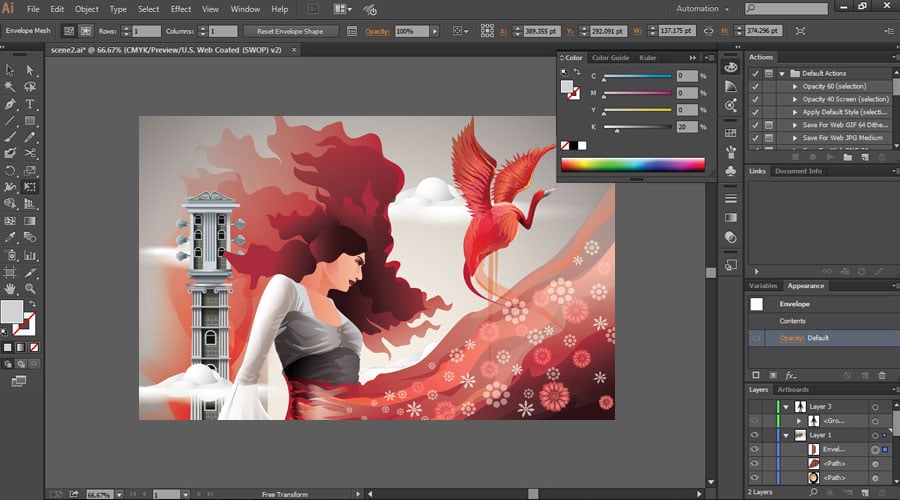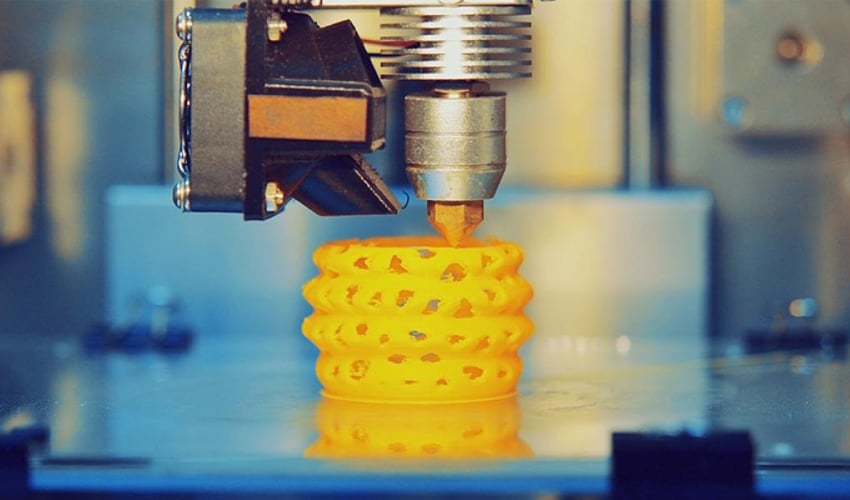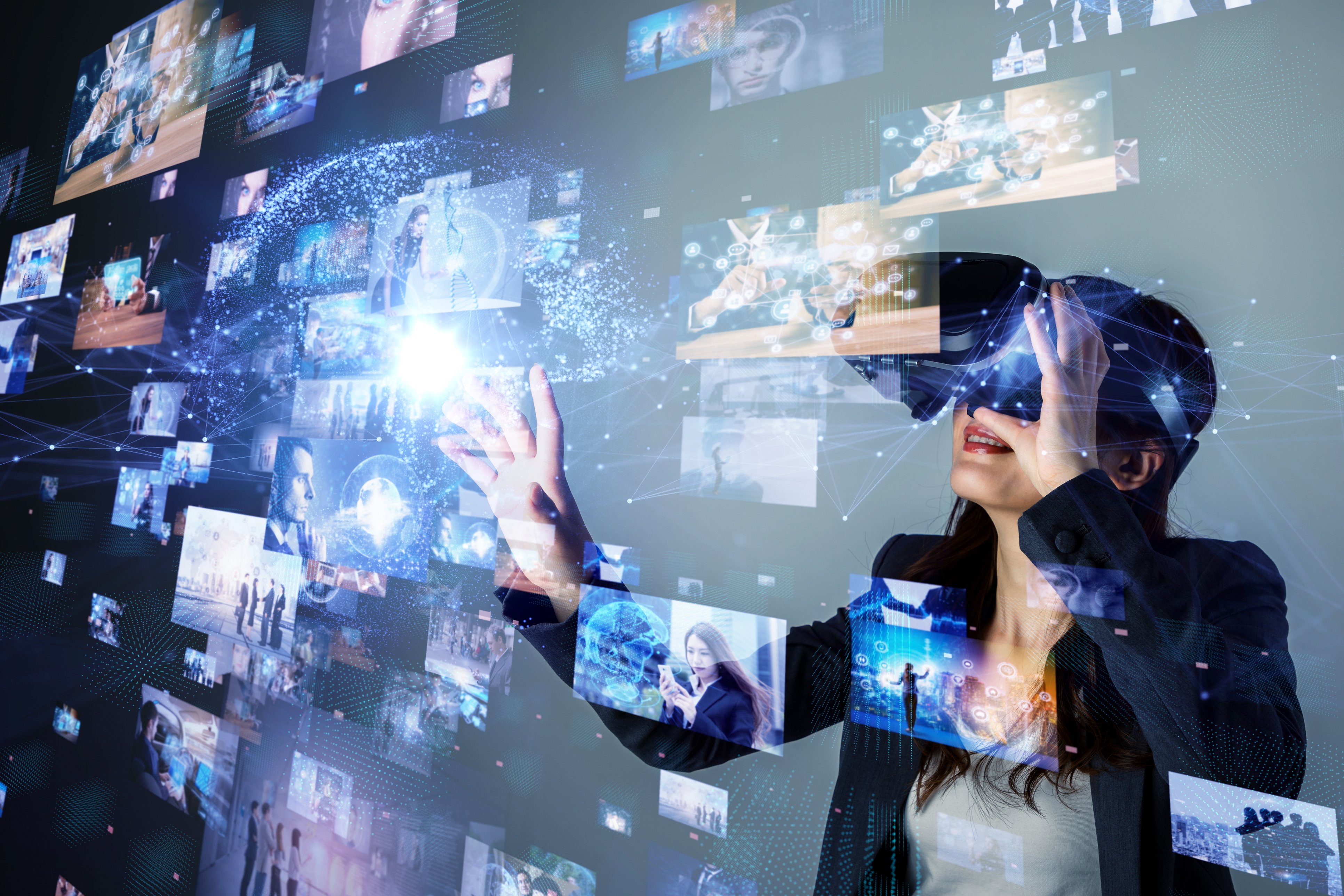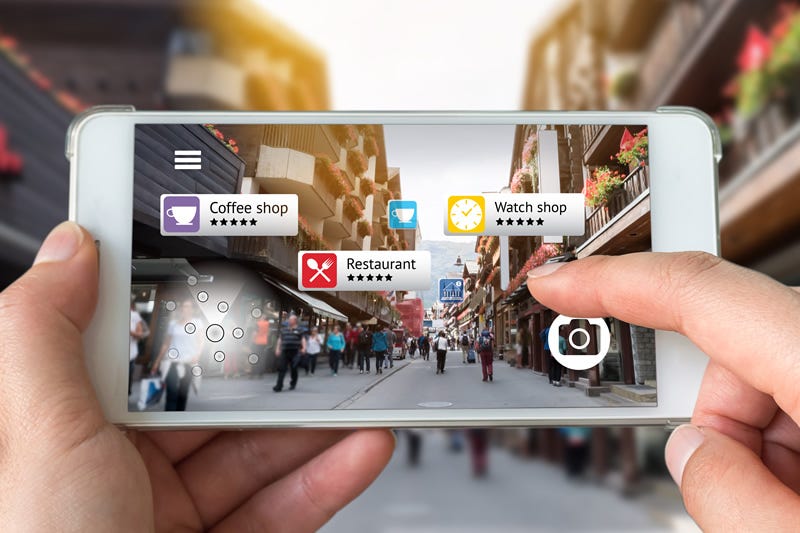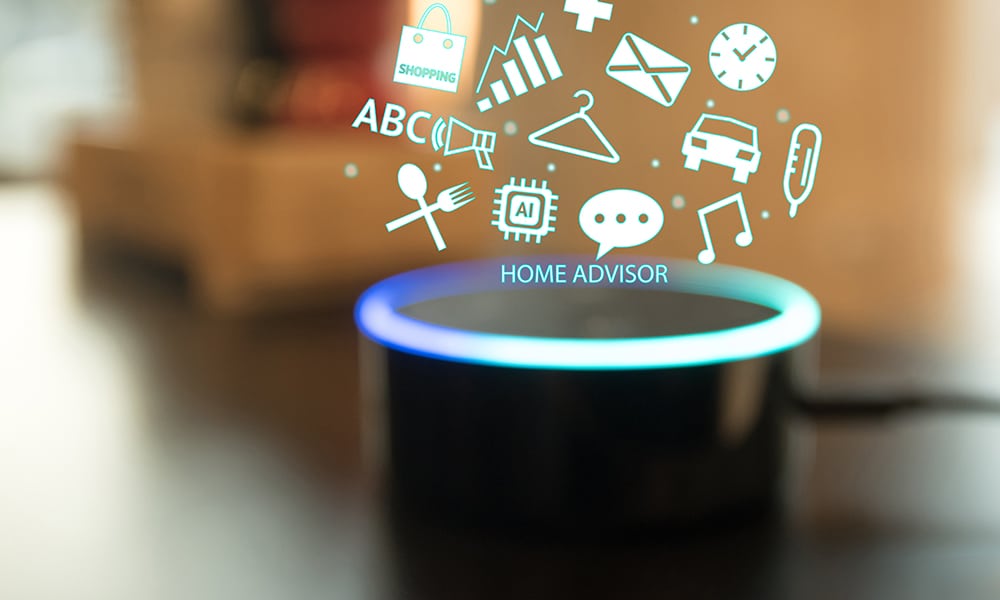Overview
In this website, you will explore different tech innovations in this field, along with previewing my ideas of what the future tech would hold.
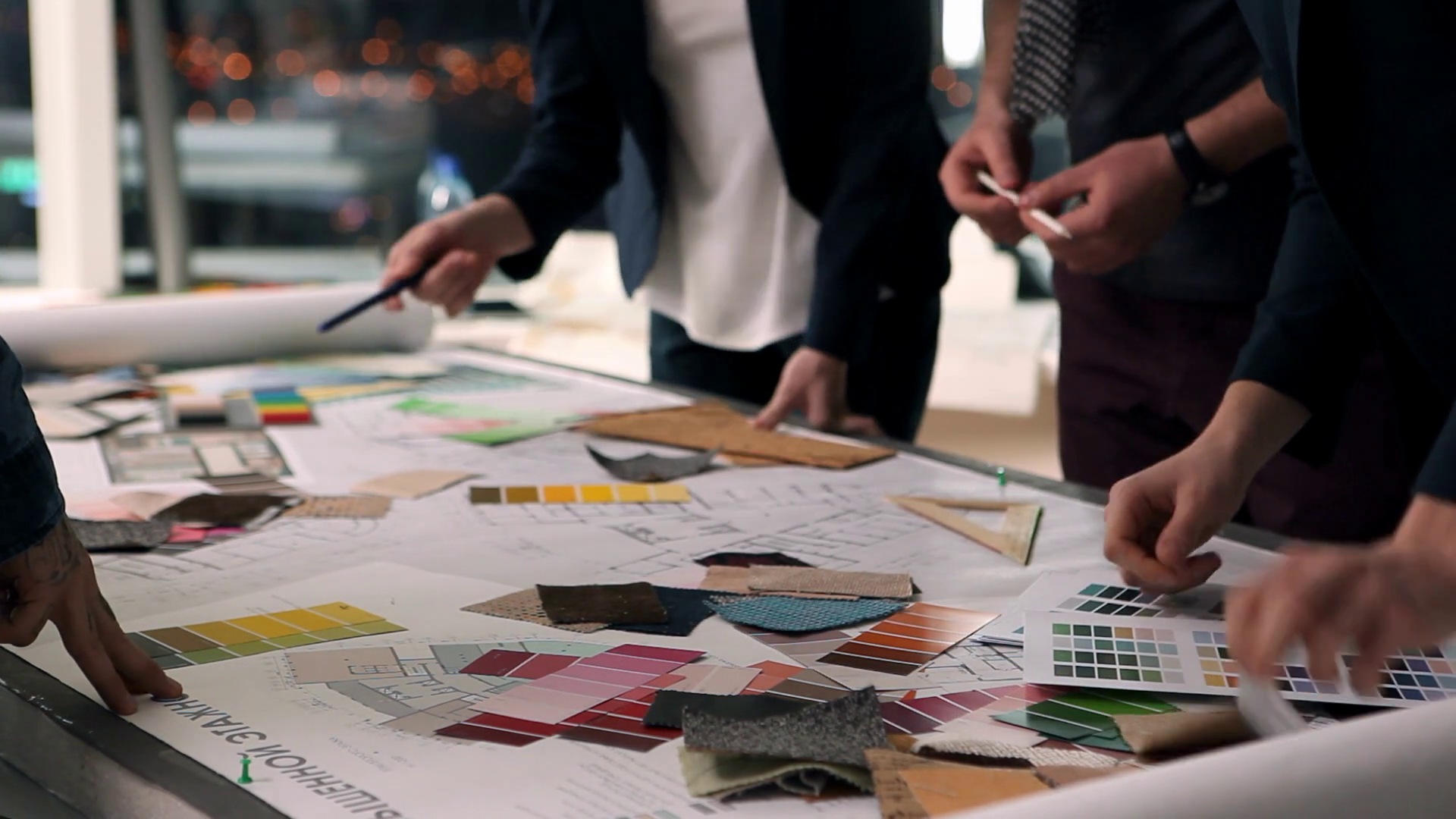
In this website, you will explore different tech innovations in this field, along with previewing my ideas of what the future tech would hold.


